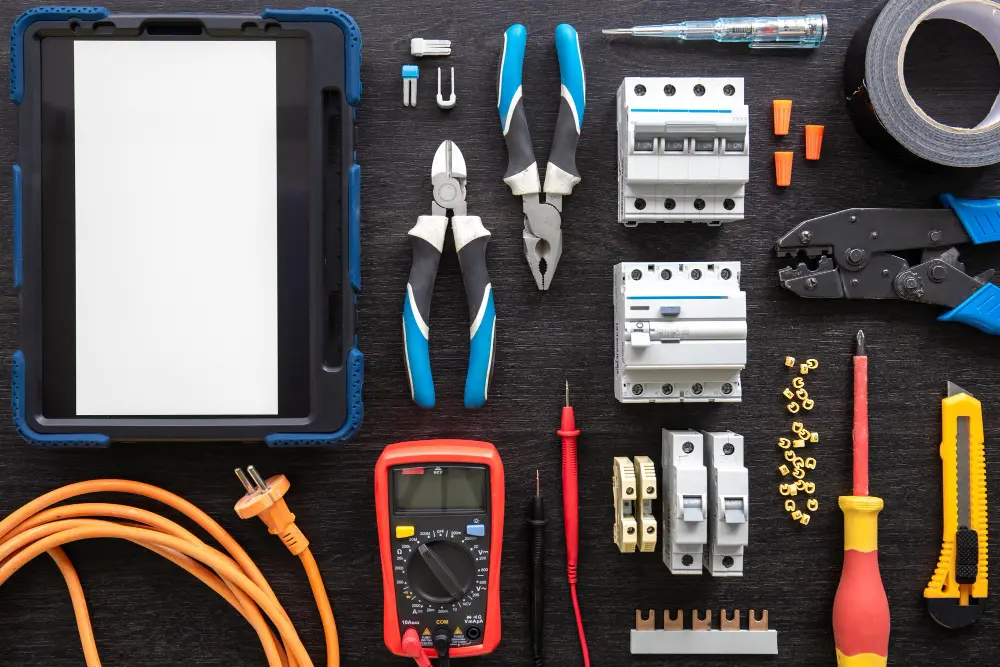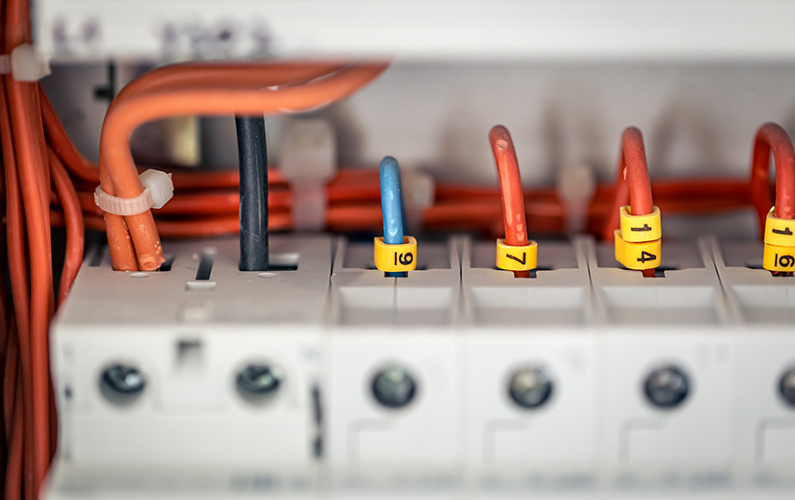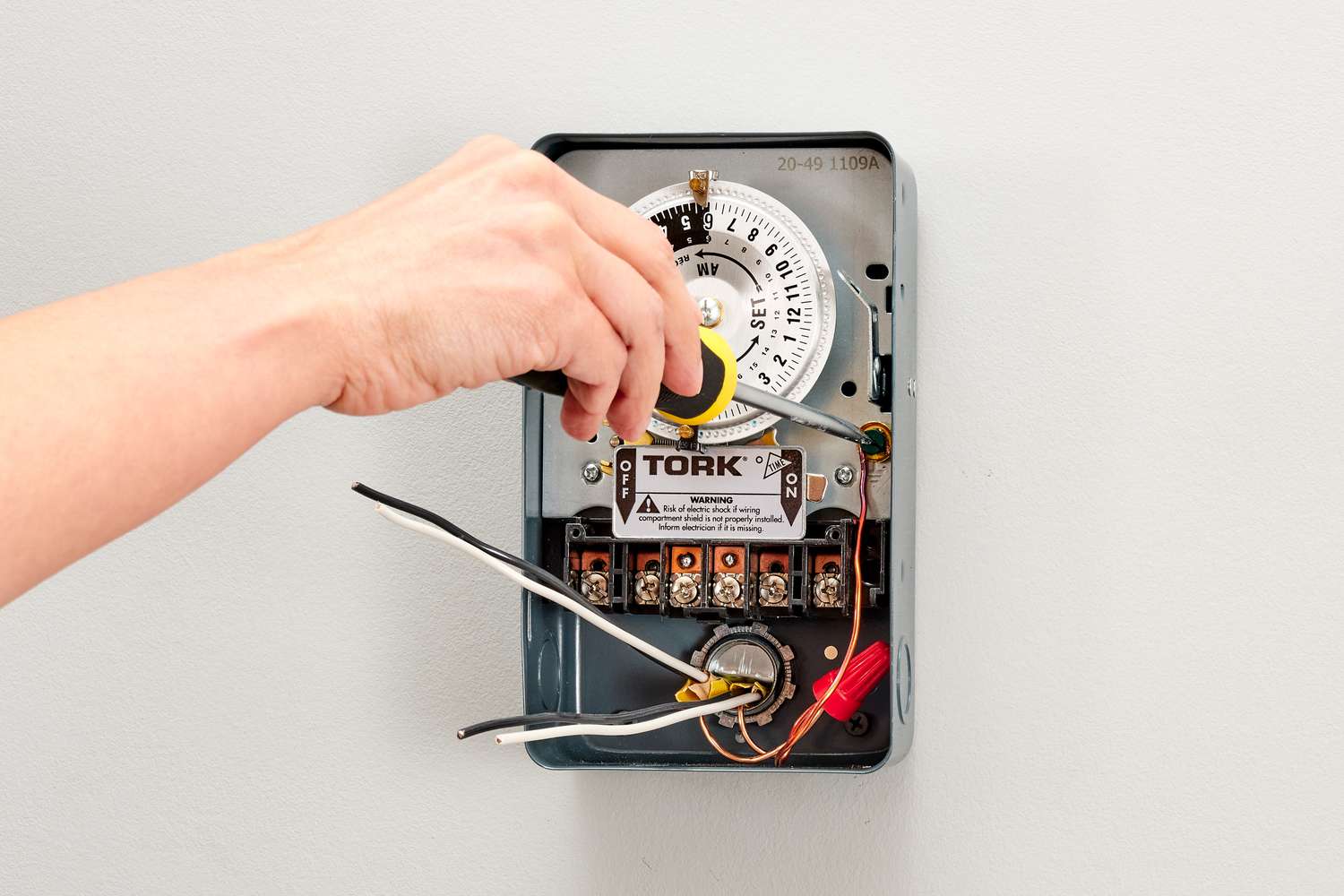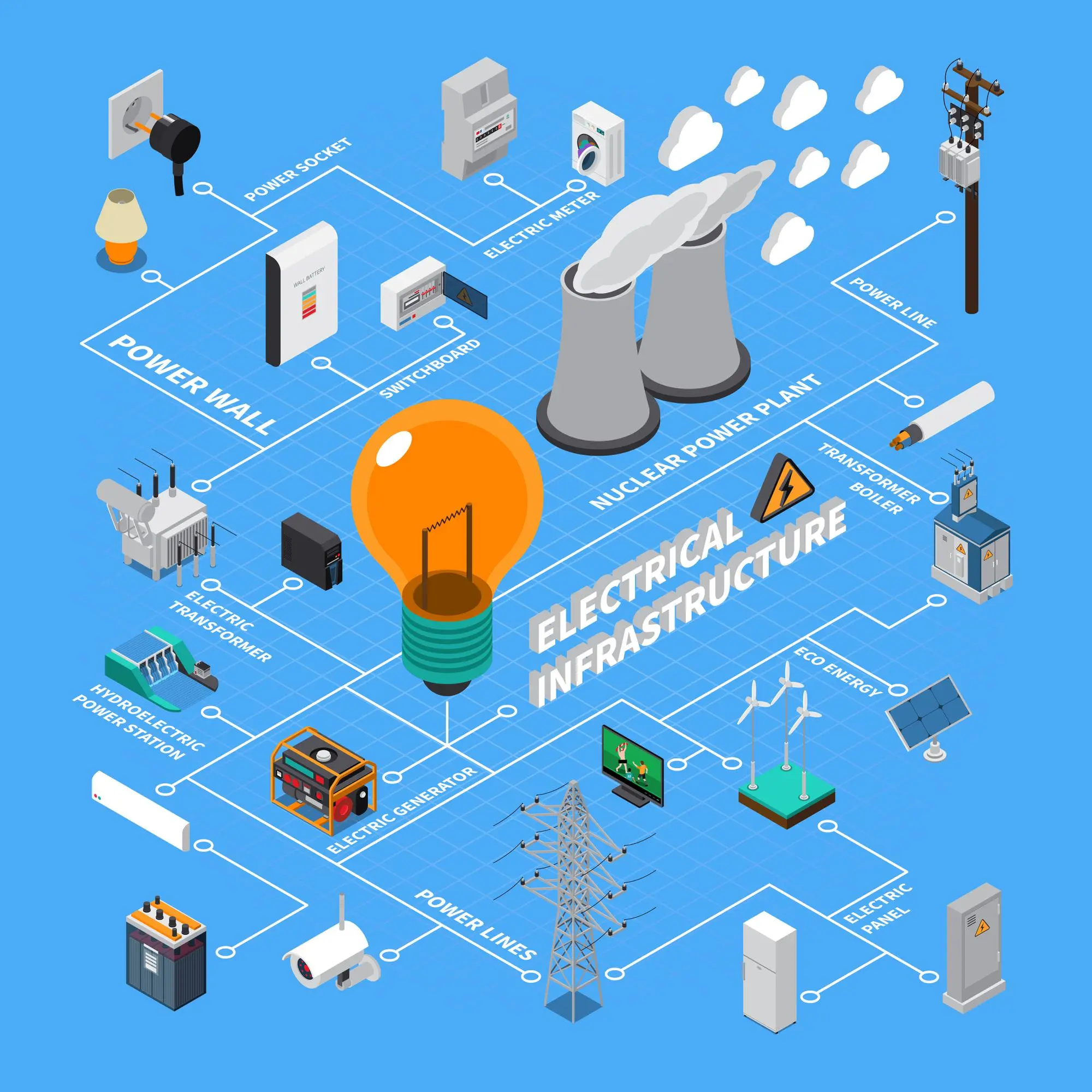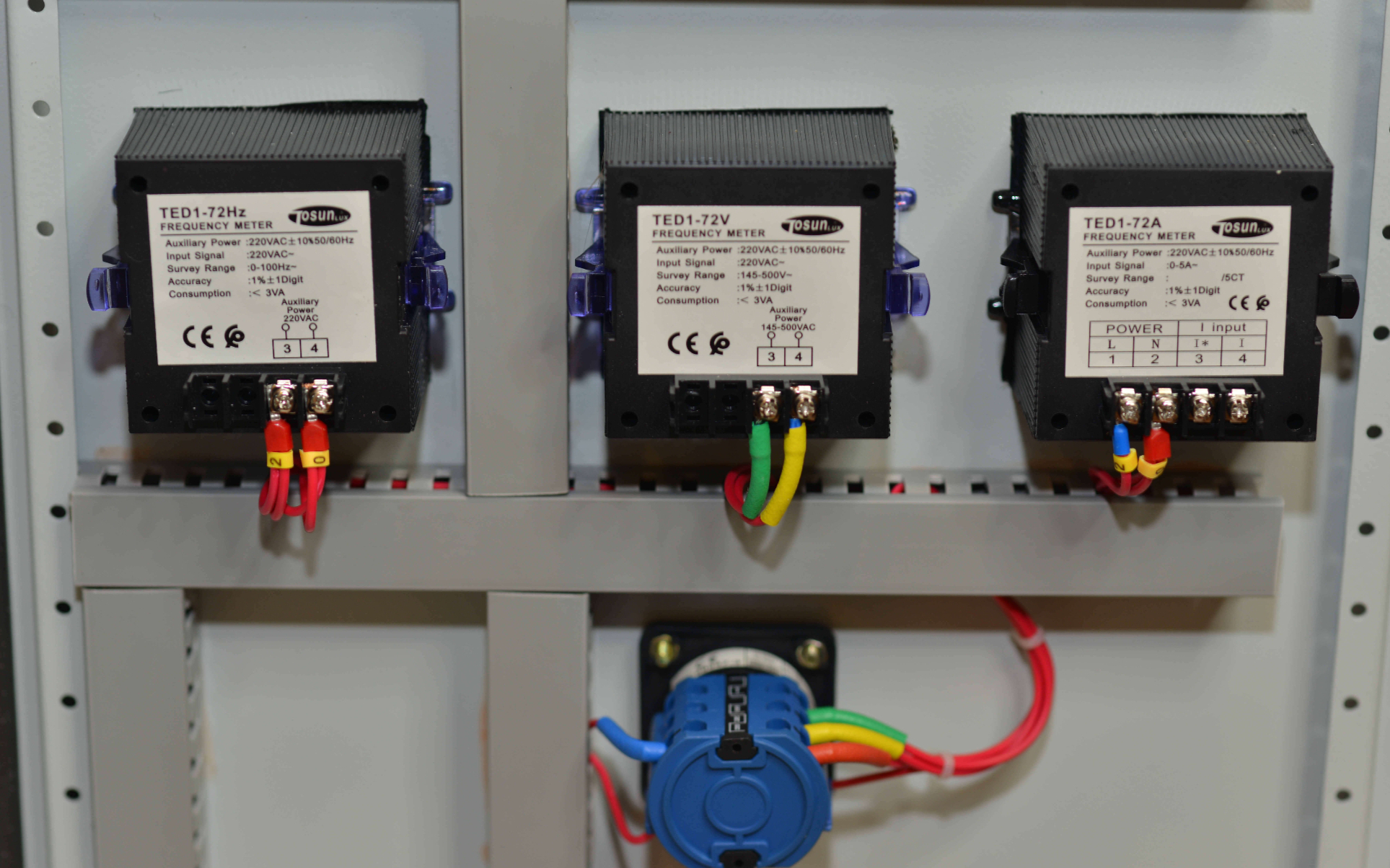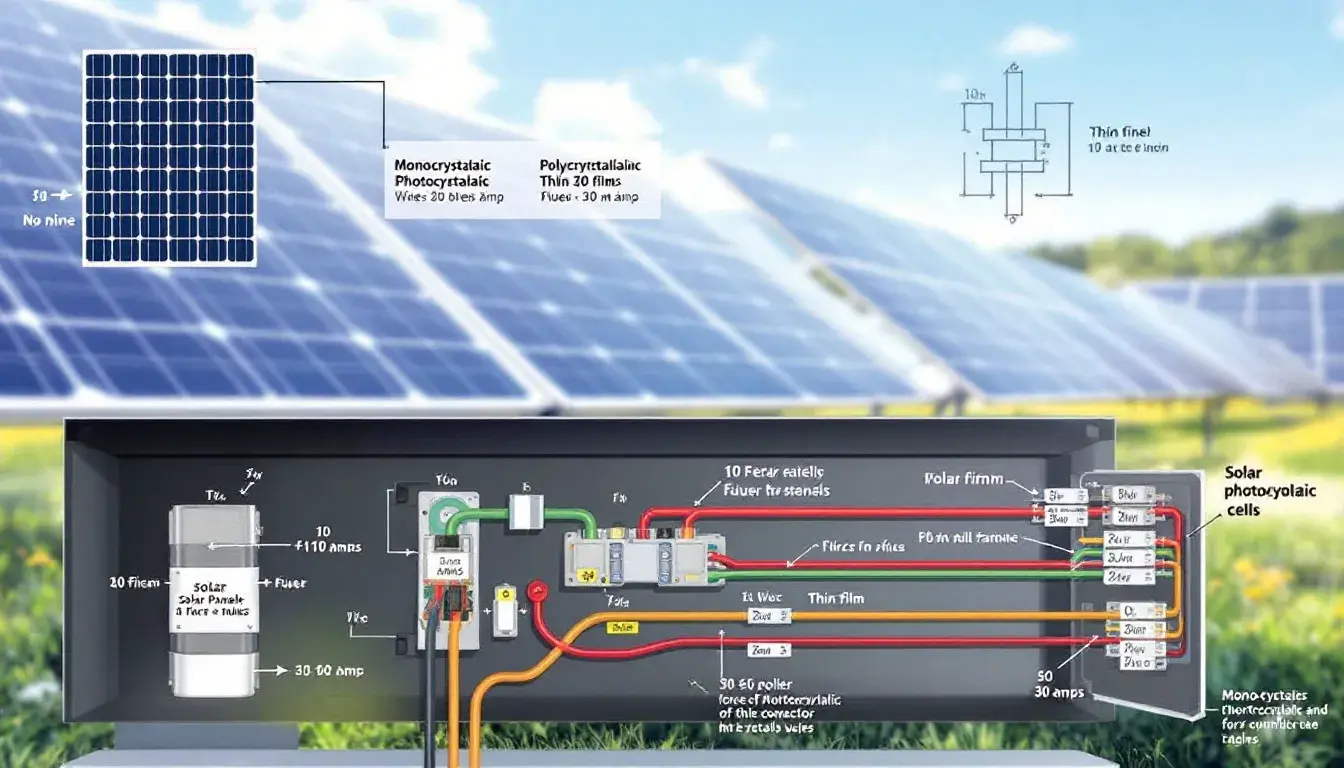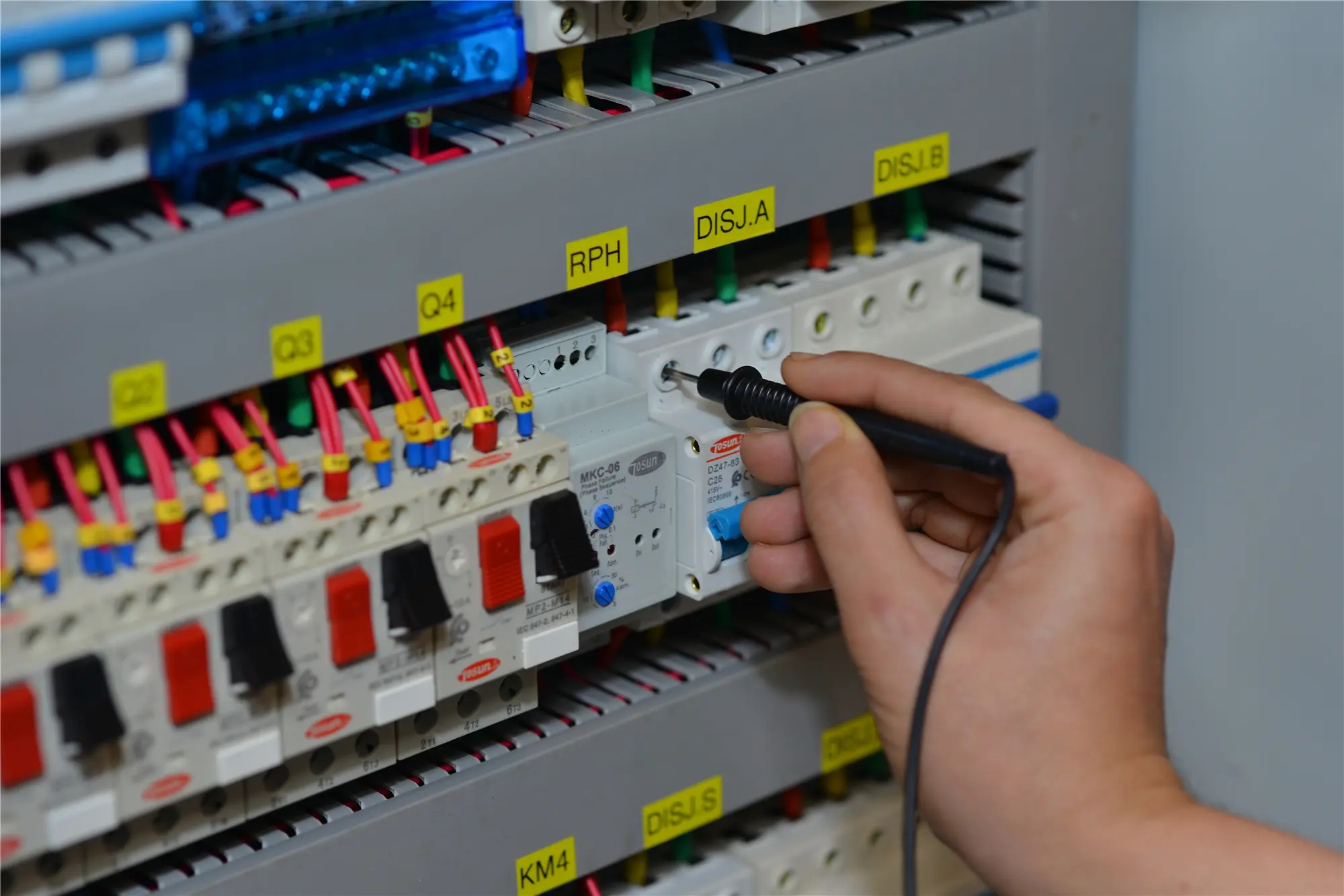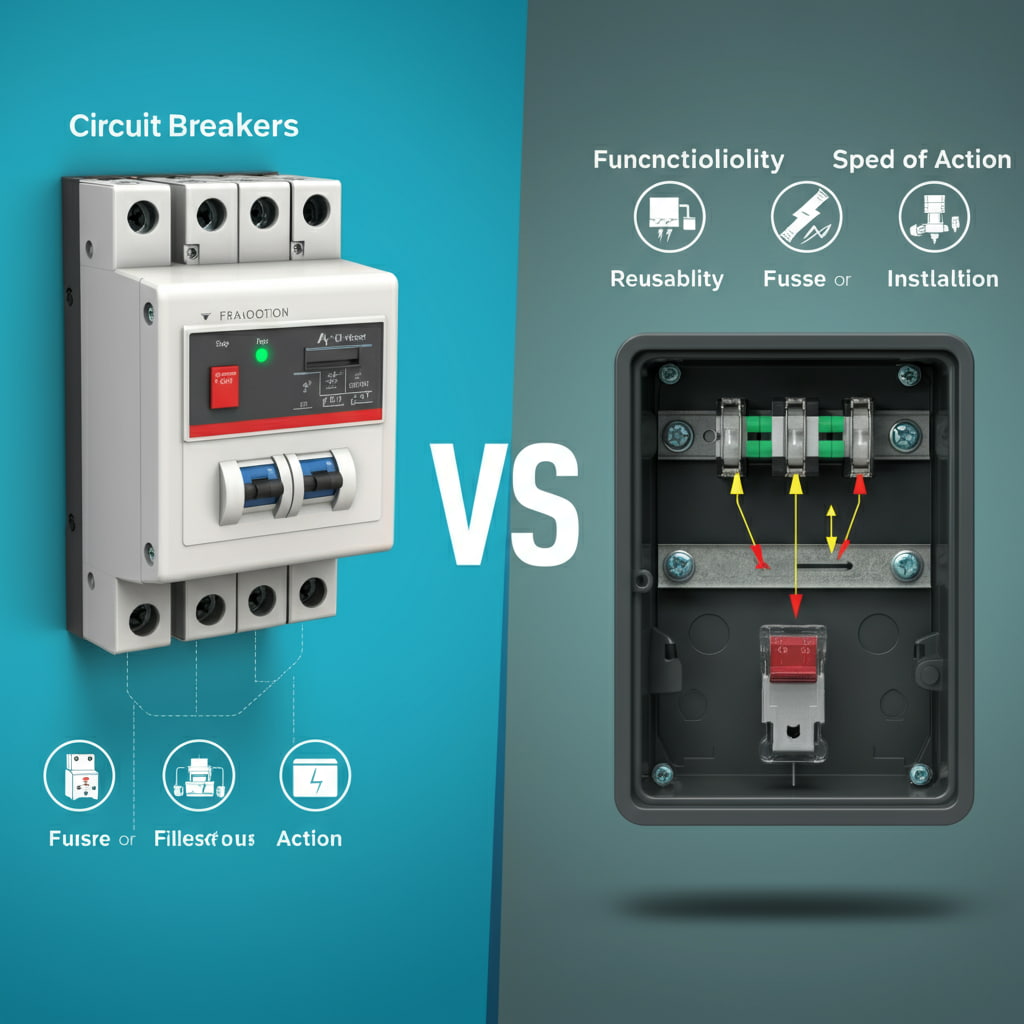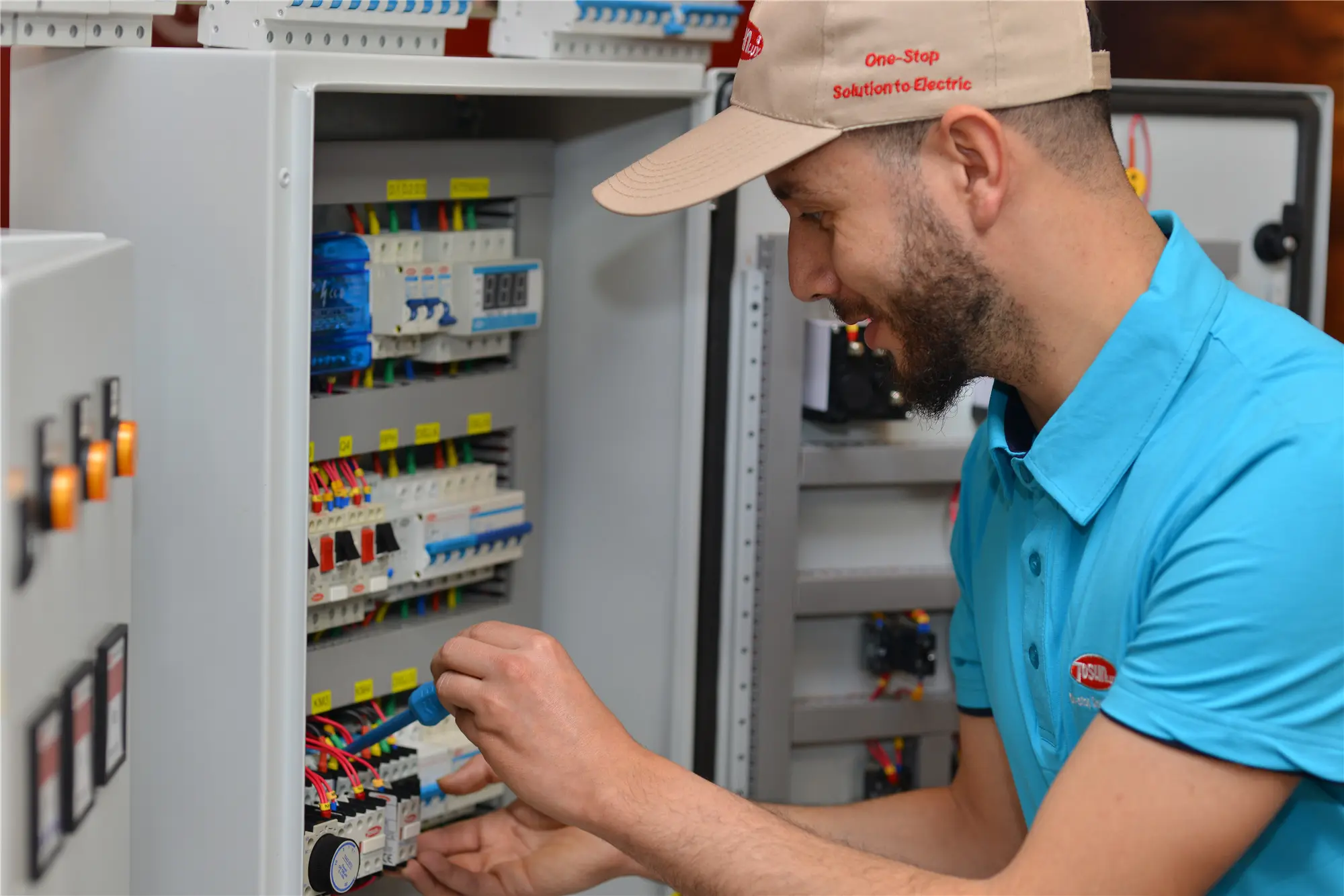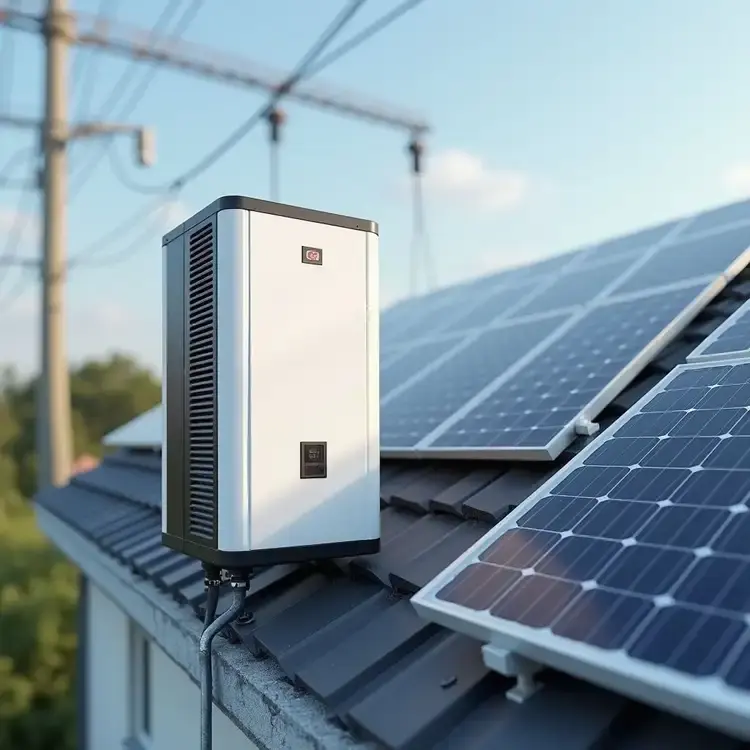I 10 principali fornitori di apparecchiature elettriche in Cina
21 marzo 2025
Indubbiamente, la Cina è emersa come potenza mondiale nel settore delle apparecchiature elettriche. Il gigante asiatico vanta una vasta gamma di aziende leader in innovazione, sostenibilità e abilità tecnologica, aiutando ingegneri e progettisti a trovare i prodotti e le soluzioni giusti per i loro progetti specifici. Di seguito sono riportati i primi 10 fornitori di apparecchiature elettriche in Cina che rappresentano l'avanguardia della tecnologia industriale globale. Il panorama del settore delle apparecchiature elettriche globali Il settore delle apparecchiature elettriche globali è vasto e dinamico e svolge un ruolo cruciale nell'alimentazione del mondo. Include aziende che producono prodotti come trasformatori, interruttori automatici e batterie, essenziali per la distribuzione e la gestione dell'energia. Punti salienti principali Dimensioni del mercato: il settore è valutato oltre $100 miliardi e continua a crescere con l'aumento della domanda di soluzioni a risparmio energetico. Principali attori: aziende leader come Siemens, General Electric e Schneider Electric dominano il mercato, note per la loro innovazione e affidabilità. Driver di crescita: fattori come l'urbanizzazione, l'industrializzazione e il passaggio a fonti di energia rinnovabili guidano l'espansione del settore. Occupazione: il settore impiega milioni di persone in tutto il mondo, contribuendo in modo significativo alla crescita economica e allo sviluppo. Tecnologia e innovazione: i progressi tecnologici, come le reti intelligenti e i sistemi di accumulo di energia, stanno trasformando il modo in cui vengono utilizzate le apparecchiature elettriche. Elenco dei 10 principali fornitori di apparecchiature elettriche Classifica Nome del fornitore Anno di fondazione Sito Web Prodotti principali 1 CHINT Group, Inc. 1984 chintglobal.com Unità di distribuzione di potenza a bassa tensione, interruttori automatici 2 DELIXI Electric, Inc. 1984 www.delixi-electric.com/en Prodotti di distribuzione di potenza, prodotti di controllo industriale 3 People Electric 1996 https://www.peopleelectric.com/ Apparecchiature di distribuzione, trasformatori, prodotti a bassa tensione 4 China Aviation Lithium Battery 2009 http://en.calb-tech.com/ Batteria […]
Per saperne di più : +86-139 0587 7291
: +86-139 0587 7291 Inglese
Inglese Spagnolo
Spagnolo Russo
Russo Francese
Francese arabo
arabo Portoghese del Brasile
Portoghese del Brasile Ucraino
Ucraino Turco
Turco Polacco
Polacco Paesi Bassi
Paesi Bassi Italiano
Italiano Bahasa Indonesia
Bahasa Indonesia Hindi
Hindi اردو
اردو sfacciato
sfacciato Հայերեն
Հայերեն ไทย
ไทย Mongolo
Mongolo Fascino
Fascino Squalo
Squalo Ellenico
Ellenico
